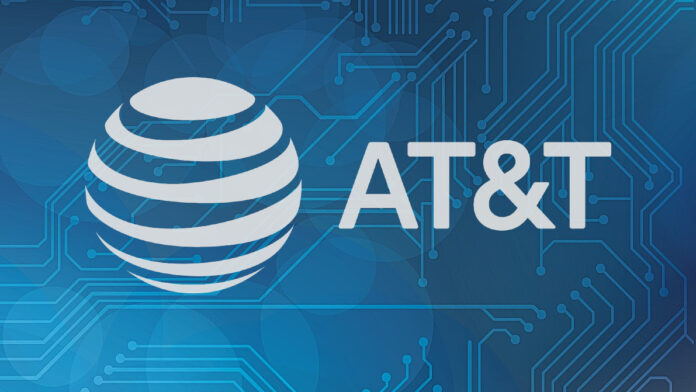AT&T has stopped selling NB-IoT data plans and certifying NB-IoT devices, as it starts the process to decommission its NB-IoT network in the US entirely. The decision was taken as part of a strategy for “improving” its IoT services for enterprise customers, whose IoT devices will be moved to “alternative network technologies such as LTE-M”. It said the planning process to phase out its NB-IoT network in the US is underway. The project will be completed as early as the first quarter of next year (2025), it said.
A spokesperson commented: “We are improving our IoT services for business customers by moving from NB IoT to the LTE-M network. This change will provide more data capacity for both fixed and mobile devices. As a result, we’ve stopped the certification of new NB-IoT devices and the sale of data plans utilizing the NB-IoT network. We’re working closely with customers to make this process as seamless as possible.”
AT&T opened its NB-IoT network in 2019, geared for lower-power (LPWA) cellular IoT services. At CES at the start of the year, it told RCR Wireless its priority targets in the IoT market are ‘connected assets, connected healthcare, connected infrastructure, and connected spaces’. The last of these, described as the “broadest category,” covers cellular in manufacturing, retail, and other enterprise environments, it said – where private 5G has found its mark.
But it has been quiet about private 5G, as well as about using shared CBRS in the US – although it is working with Celona on a neutral host offer. (Celona’s product is available with AT&T and T-Mobile.) But AT&T’s traditional M2M focus has been on the automotive industry, which has tended to require higher mobility and throughput than afforded by NB-IoT. It has also just agreed a deal to buy $1 billion of 700 MHz and 3.45 GHz spectrum from UScellular.
Probably along with Vodafone in the UK, AT&T is the leading supplier of cellular IoT to the automotive sector. At CES, 10 months ago, it said it was in the process of “building…the (standalone) 5G (SA) capabilities that will launch in cars in the 2025 timeframe”, and that it would work with automotive OEMs through 2024 on ‘things like on-demand quality of service, bandwidth calendaring, and other capabilities that facilitate… software-defined vehicles’.
The firm also talked to RCR Wireless at the event about “simplifying [its] cellular IoT solutions” and how the cellular industry, in general, has not recorded as many IoT “successes as people would like” – but also that it is “bucking the trend”. It has been testing reduced-capability 5G (RedCap) as a 5G-based successor for 4G/LTE-based cellular IoT technologies, including NB-IoT and LTE-M, since last year.
In August last year, it said it was the first US carrier to run a RedCap data connection on its 5G SA network, both in the lab and in the field. In September, the GSMA identified AT&T as one of a handful of operators outside of China to be actively investing in RedCap through trials and deployments. On a RedCap webinar session in November, GSMA Intelligence said a total of 31 operators in 22 markets had “either commercially deployed or announced plans [to deploy], or are currently testing, RedCap technology”.
AT&T had about 117 million connected devices on its network as of the second quarter of this year.

